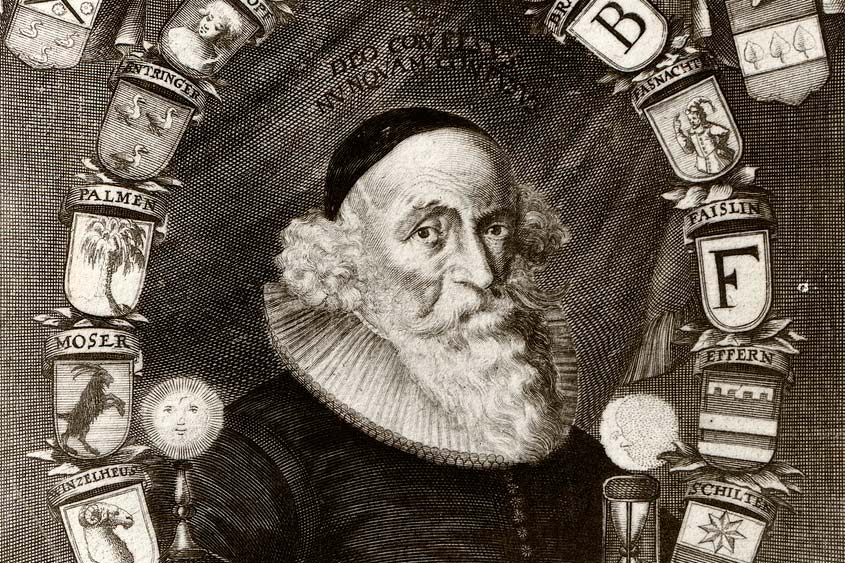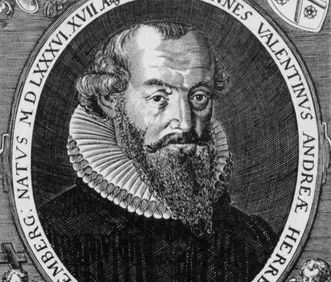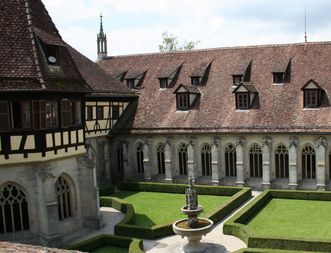How did Andreae draw attention to himself?
Born in Herrenberg, Johann Valentin Andreae came to Calw as a special superintendent in 1620, after completely his studies and years of travel. The highly educated Calvinist shaped the history of the city through his social works. Calw, then half the size of Stuttgart, was one of the most economically important cities due to its flourishing wool production. Andreae used his influence for the needy who lived in the shadow of the city's prosperity. He convinced many of the rich traders of Calw to support the poor, infirm, and children in the city.







